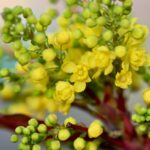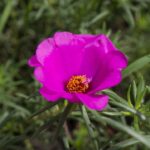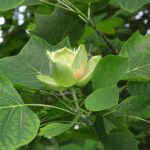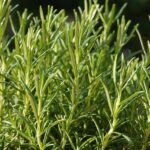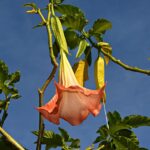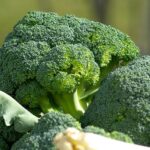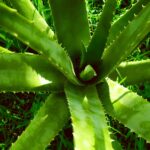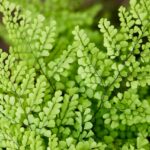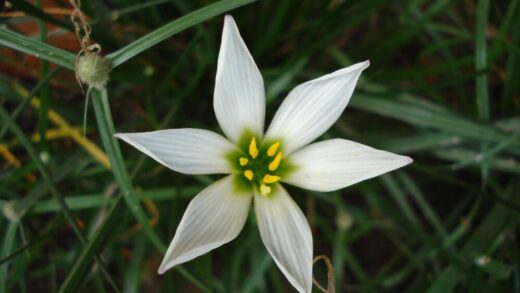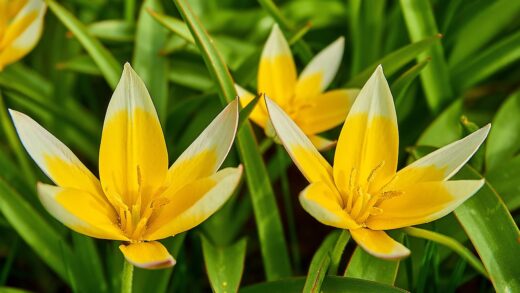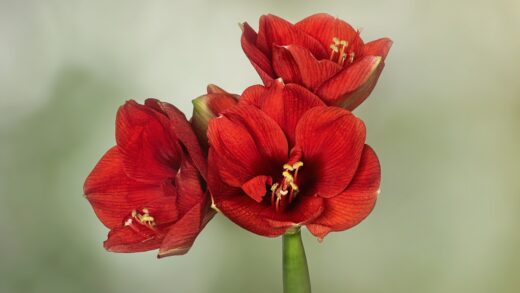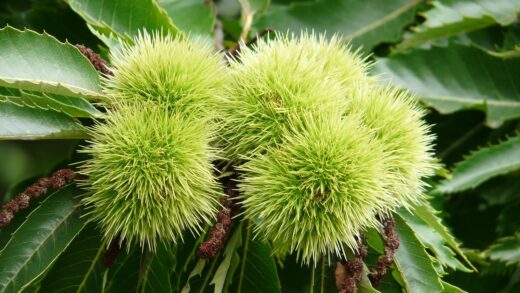The watering and fertilization of the dwarf russian almond

Providing the Dwarf Russian Almond with the appropriate amount of water and nutrients is fundamental to its health, vigor, and the profusion of its spectacular spring blooms. While this shrub is known for its resilience and adaptability, a well-managed watering and fertilization regimen can elevate its performance from merely surviving to truly thriving. Understanding the plant’s specific needs, which can change depending on its age, the season, and environmental conditions, allows for a more precise and effective care strategy. This ensures the plant has the necessary resources to not only produce a stunning floral display but also to build a strong framework and resist potential stressors like drought, pests, and diseases.
The watering needs of the Dwarf Russian Almond are most critical during its first one to two years in the garden, a period known as establishment. During this time, the plant is focused on developing a deep and extensive root system that will sustain it in the future. To support this, it requires consistent and deep watering, typically once or twice a week, depending on rainfall and temperature. The goal is to moisten the entire root zone thoroughly, rather than just wetting the surface. Using a soaker hose or letting a regular hose trickle at the base of the plant is an efficient method that delivers water directly to the roots and minimizes evaporation.
Once the shrub is well-established, its water requirements decrease significantly, as it develops a notable tolerance to dry conditions. This makes it an excellent choice for water-wise or xeriscape gardens. However, “drought-tolerant” does not mean it never needs water. During prolonged periods of heat and drought, especially in the summer months, occasional deep watering will prevent stress, promote better flowering the following year, and maintain the health of the foliage. A good indicator for when to water an established plant is when the top few inches of soil have become completely dry.
The method of watering is as important as the frequency. It is always best to water the plant at its base, directly onto the soil over the root zone. Overhead watering, which wets the foliage, should be avoided whenever possible. Wet leaves, especially in humid conditions or overnight, create an ideal environment for the development of fungal diseases such as powdery mildew or leaf spot. Watering in the morning is also preferable, as it allows any moisture that does get on the leaves to dry quickly as the day warms up, further reducing the risk of disease.
Fertilization strategies for optimal growth
The Dwarf Russian Almond is not a heavy feeder and can perform quite well in average garden soil without extensive fertilization. In fact, excessive feeding can be counterproductive. Over-fertilizing, particularly with high-nitrogen formulas, can stimulate a great deal of lush, green vegetative growth at the expense of flower production. This results in a large, leafy shrub with very few of the beautiful pink blossoms for which it is grown. Therefore, a conservative approach to fertilization is generally the most effective strategy for this plant.
More articles on this topic
The best time to fertilize is in the early spring, just as the plant is beginning to break dormancy and new growth is emerging. A single application at this time provides the necessary nutrients to support the season’s growth and flower development. A balanced, all-purpose granular fertilizer with an N-P-K ratio like 10-10-10 or 5-10-5 is a suitable choice. The granules should be scattered on the soil surface around the base of the shrub, extending out to the dripline (the edge of the canopy), and then lightly worked into the soil before being watered in thoroughly.
An excellent alternative to synthetic fertilizers is the use of organic matter. Applying a one to two-inch layer of well-rotted compost or aged manure around the base of the shrub each spring is a highly beneficial practice. This organic top-dressing acts as a slow-release fertilizer, providing a steady supply of essential nutrients throughout the growing season. In addition to feeding the plant, compost improves soil structure, enhances water retention, and encourages beneficial microbial activity in the soil, contributing to the overall long-term health of the plant and its environment.
It is important to observe the plant’s condition as a guide to its nutritional needs. If the Dwarf Russian Almond is exhibiting strong growth, has healthy, green leaves, and is flowering well, it may not require any supplemental fertilizer at all, especially if planted in fertile soil. Signs of nutrient deficiency can include yellowing leaves (chlorosis), stunted growth, or poor flowering. If these symptoms appear, a soil test can help to identify which specific nutrients are lacking, allowing for a more targeted and effective fertilization approach rather than simply applying a general-purpose product.
Recognizing signs of water stress
Being able to identify the signs of water stress, both under-watering and over-watering, is a crucial skill for maintaining the health of the Dwarf Russian Almond. Under-watering, or drought stress, typically manifests first as a slight wilting of the leaves during the hottest part of the day. The leaves may also appear dull, lose their turgor, and may begin to turn yellow or brown and become crispy at the edges. In severe cases, the plant may start to drop its leaves prematurely to conserve moisture. If these symptoms are observed, a deep and thorough watering is needed immediately.
More articles on this topic
Conversely, over-watering can be even more detrimental to the Dwarf Russian Almond, as it is highly susceptible to root rot in waterlogged soil. The symptoms of over-watering can be deceptively similar to those of under-watering, including wilting and yellowing leaves. The key difference is that the soil will be saturated or even boggy. The wilting occurs because the roots are suffocating from a lack of oxygen in the water-filled soil and are unable to function properly to absorb water and nutrients, leading to a decline in the plant’s health.
To distinguish between the two, it is essential to check the soil moisture before taking corrective action. By inserting a finger or a small trowel into the soil a few inches deep near the base of the plant, one can accurately assess the moisture level. If the soil is dry and crumbly, the plant needs water. If it is wet, soggy, or has a sour smell, over-watering is the likely culprit, and watering should be withheld until the soil has had a chance to dry out significantly.
Preventing water stress is always preferable to treating it. For established plants, this means monitoring rainfall and providing supplemental deep watering during extended dry periods. For all plants, it means ensuring they are planted in well-draining soil from the outset. Amending heavy clay soils with organic matter to improve drainage is a critical preventative measure against the dangers of over-watering and subsequent root rot, which is often fatal.
The role of mulch in moisture retention
Mulching is a simple yet profoundly effective horticultural practice that plays a key role in the efficient watering and feeding of the Dwarf Russian Almond. Applying a 2 to 4-inch layer of organic mulch, such as shredded bark, wood chips, or compost, over the soil surface around the plant offers numerous benefits. The primary advantage is moisture conservation. The mulch layer acts as a barrier, slowing the evaporation of water from the soil surface, which keeps the soil moister for longer and reduces the frequency of watering required.
In addition to conserving moisture, mulch also helps to regulate soil temperature. During hot summer days, it keeps the soil and the plant’s roots cooler, reducing stress. In the winter, it provides a layer of insulation, protecting the roots from extreme cold and the damaging effects of repeated freezing and thawing cycles. This stable soil environment promotes a healthier and more resilient root system, which is better able to absorb both water and nutrients.
Mulch is also highly effective at suppressing the growth of weeds. A thick layer prevents most weed seeds from germinating by blocking their access to sunlight. The weeds that do manage to grow are typically easier to pull from the loose mulch layer. By reducing weed competition, more water and nutrients in the soil are available for the Dwarf Russian Almond, contributing to its overall vigor and health.
As organic mulches slowly decompose over time, they provide a secondary benefit by adding valuable nutrients and organic matter to the soil. This process improves soil structure, fertility, and drainage, creating a healthier growing medium for the plant. It essentially acts as a very slow-release fertilizer, contributing to the plant’s nutritional needs in a natural and sustainable way. When applying mulch, it is important to keep it a few inches away from the main stem of the shrub to ensure good air circulation and prevent the risk of bark rot.
Seasonal adjustments to care
The watering and fertilization needs of the Dwarf Russian Almond are not static; they change with the seasons, and adjusting the care routine accordingly is essential for optimal plant health. In the spring, as the plant breaks dormancy and begins its most active growth phase, producing leaves and flowers, its demand for both water and nutrients is at its peak. This is the time for the main fertilizer application and for ensuring consistent soil moisture to support this vigorous activity.
As the plant transitions into summer, the primary focus shifts to water management, especially during periods of high heat and low rainfall. While an established shrub is drought-tolerant, supplemental watering during prolonged dry spells will prevent stress and help the plant form flower buds for the following year. Fertilization is generally not needed or recommended during the summer, as it can encourage new, tender growth that may be susceptible to heat stress or pest damage.
In the autumn, the plant begins to prepare for dormancy. Its growth slows, and its water requirements decrease. Watering should be gradually reduced as the weather cools and rainfall increases. It is important to allow the plant to harden off naturally for winter, and excess water or late-season fertilization can interfere with this process. A final deep watering can be beneficial before the ground freezes, especially if the autumn has been dry, to ensure the plant is well-hydrated for the winter months.
During the winter, a dormant Dwarf Russian Almond requires very little care. It does not need to be fertilized, and natural precipitation is usually sufficient to meet its minimal water needs. The main consideration is ensuring the plant’s root zone is protected from extreme cold, which can be achieved with a good layer of mulch applied in the late autumn. This seasonal approach, which aligns care practices with the plant’s natural growth cycle, is the most effective way to ensure its long-term health and spectacular annual performance.
📷 Le.Loup.Gris, CC BY-SA 3.0, via Wikimedia Commons

